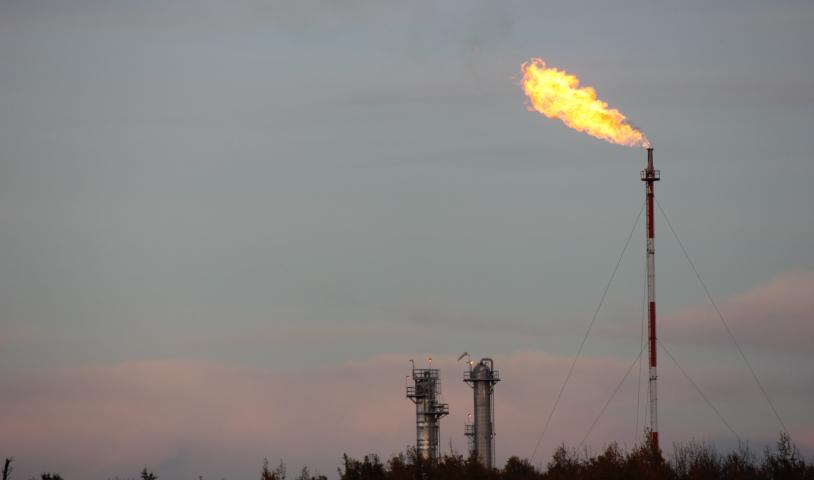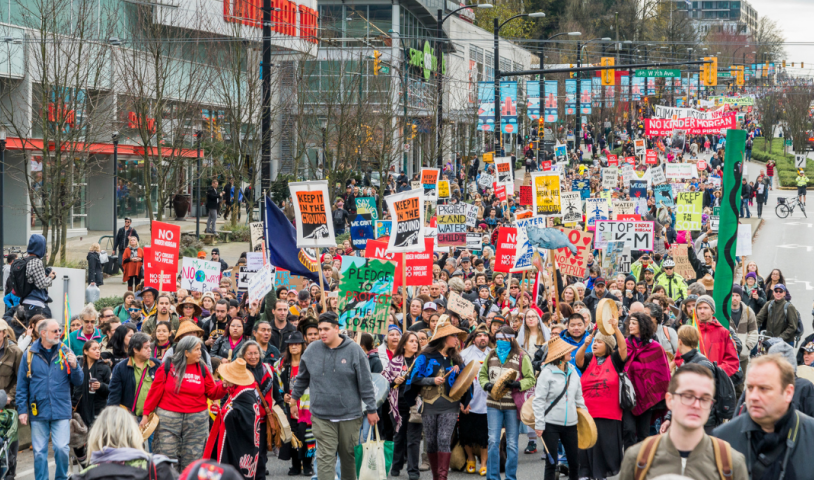B.C. drought just part of 'extreme weather' story, says water expert
Wednesday, August 26, 2015
Other side of coin is massive rainstorms and the havoc they bring
It’s official: Umbrellas have never been more unnecessary in Metro Vancouver and the Fraser Valley than during the last four months.
Hans Schreier, professor emeritus at the University of B.C., said data from the Vancouver and Abbotsford airports from April through July shows “clear evidence that extreme climate events are happening more frequently.”
“They’re not just droughts, but massive rainstorms as well,” he said.
Schreier, a specialist in water management, examined airport records going back to their inception in 1937.
He found just 80 millimetres had fallen at Vancouver airport from April through July, 30 mm less than the previous low in 1975, while Abbotsford was 25 mm lower than the 155 mm that fell during the same period in 1950.
Although a few days remain in August and some rain is forecast, Schreier does not expect his findings to change substantially.
More unusual weather is predicted during the coming months.
This winter, a warm-water El Niño dubbed the “Godzilla of El Niños” is predicted to bring another warm, dry winter to southern B.C.
Experts are watching with interest what effect another more recent phenomenon dubbed “the blob,” a localized body of warm water off the Pacific coast, will have when it meets “Godzilla.”
This summer’s sun-drenched skies have been unsettling for Irish native Eoin Madden of the Wilderness Committee, who is used to waterlogged conditions on the Emerald Isle.
“I’m spooked. It’s unnatural. I haven’t been able to enjoy the summer. For instance, magnolia trees bloomed six weeks before they should have,” Madden said.
“B.C. has lost more to climate change than most places on Earth. There are forest fires, landslides, the cost of diking and the rise in ocean levels with their effect on all types of aquatic life,” he said.
Schreier said the change in weather is about massive rainstorms as well as the lack of them.
Kaslo, a village in the Kootenays with weather records going back 100 years, experienced massive rainstorms three times during 2005, 2012 and 2013.
They were newsworthy because all the storms occurred in June.
Rain was officially blamed in 2012 for the largest landslide to hit the region in 12,000 years.
It destroyed a nearby hamlet known as Johnsons Landing, when 320,000 cubic metres of soil, trees and rock hit homes at speeds up to 150 kilometres per hour.
“The rain was 30 to 70 per cent higher around Kaslo than they had ever experienced for that month,” Schreier said.
“It gives you an example of extreme precipitation — the opposite situation from drought.
“It is this fluctuation which we’re worried about. The climate is changing much faster than anyone expected,” he said.
Photo Credit: Dry earth (Dyrk.Wyst via Flickr)





